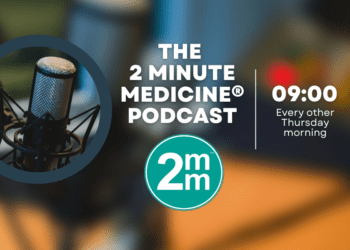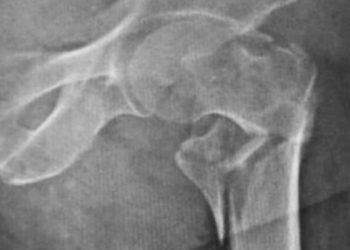Physicians should look for misuse patterns that lead to overdose before prescribing opioids
1. All opioid misuse patterns examined had a positive association with opioid overdose and death.
2. High number of prescribers and/or pharmacies was a key predictor for subsequent adverse events related to opioid overdose.
Evidence Rating Level: 2 (Good)
Study Rundown: Opioid dependence is a rising healthcare concern in North America. One of the tactics to help avoid opioid misuse in patients involves encouraging physicians to look for use patterns associated with overdose before prescribing opioids. These patterns include overlapping prescriptions, use of more than one prescriber or pharmacy, and use of out-of-state prescribers or pharmacies. The authors of this study aimed to assess the relationship between ranges of patterns of potential opioid misuse behaviours relate to adverse outcomes during subsequent years. Misuse patterns were associated with higher risk of opioid overdose and death. This study had several limitations. Of note, the study was confined to Medicare populations only and may not be applicable to groups that are non-Medicare populations. Furthermore, the data ends in 2012 and may not capture all relevant information to current opioid misuse patterns in 2018.
Click to read the study in Annals of Internal Medicine
Relevant Reading: A behavioral typology of opioid overdose risk behaviors among recent veterans in New York City
In-Depth [retrospective cohort]: The authors conducted an observational study using Medicare data from 2008 to 2012. The primary study outcome included a diagnosis of opioid overdose in the year after a 6-month index period, while secondary outcomes included subsequent opioid-related or overall mortality. The authors assessed opioid misuse based on drug quantity, overlapping prescriptions, use of multiple prescribers or pharmacies, and use of out-of-state prescribers or pharmacies. A total of 0.6% to 8.5% of beneficiaries fulfilled a misuse measure in the study. 16% of the patients in the study fulfilled a misuse criterion, with most only fulfilling one, and almost 6% meeting multiple criteria. As mentioned, all opioid use criteria were positively associated with adverse opioid-related outcomes. Patients who obtained opioids from multiple prescribers had an increased risk of an opioid overdose (adjusted absolute risk per 1000 beneficiary-years [aAR], 3.5 [95% CI, 3.3 to 3.7]; 4.8 [CI, 4.5 to 5.2]; or 6.4 [CI, 5.8 to 6.9] compared to those with a single provider.
Image: PD
©2018 2 Minute Medicine, Inc. All rights reserved. No works may be reproduced without expressed written consent from 2 Minute Medicine, Inc. Inquire about licensing here. No article should be construed as medical advice and is not intended as such by the authors or by 2 Minute Medicine, Inc.









